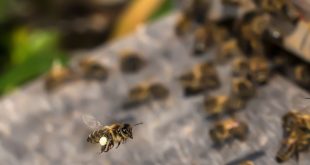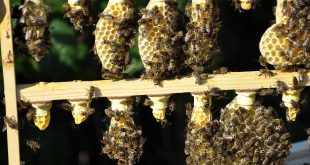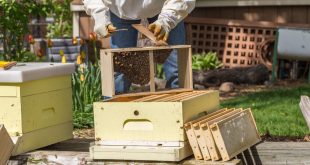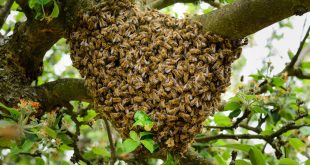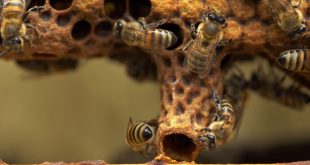Honeybees, known for their incredible efficiency, operate within a highly organized social structure. Each bee within the hive has a specific role, contributing to the smooth functioning of the colony. This structured organization is essential for the bees to carry out various activities, including nurturing the young and maintaining the hive. Like termites and ants, only a few members of the bee colony are responsible for reproduction, while the rest engage in other vital tasks. Understanding this complex social structure helps us appreciate the intricate workings of bee colonies and their significant role in our ecosystem.
Read More »BeeKeepClub’s Beekeeping Blog
An Introduction to Honeybee Queen Rearing
Embark on the fascinating journey of honeybee queen rearing with our introductory guide. This article is a treasure trove for beekeepers looking to delve into the art and science of raising queen bees. It covers the basics of queen rearing, essential for maintaining healthy and robust colonies, and ensuring the continued success of your beekeeping endeavors.
Read More »How to Install Package Bees – The Beginners Guide
Installing package bees is a practical and effective method for beekeepers to start or strengthen their hives. This process, suitable for both new and experienced beekeepers, involves transferring bees from a package into a hive, ensuring they adapt and thrive in their new environment. The guide offers insights on the nuances of installation, including timing, hive preparation, and post-installation care. It emphasizes the importance of handling the bees gently, feeding them adequately, and monitoring their progress to ensure a successful integration into the hive. This method is renowned for its high success rate in establishing new colonies.
Read More »Honeybee Colony Swarm Control and Management
Learn essential strategies for honeybee colony swarm control and management with our comprehensive article. Perfect for beekeepers facing the challenge of swarming, it provides effective techniques to prevent and manage swarms, ensuring the health and stability of your bee colonies. This guide is crucial for maintaining productive and manageable hives.
Read More »Analyzing Honeycomb: Queen Cells/Comb
Enhance your understanding of bee colonies with our article on analyzing queen cells in honeycomb. Crucial for beekeepers, this guide explains how to identify queen cells and what their presence signifies in the hive. Knowledge of queen cells is essential for managing bee colony health and ensuring successful queen rearing.
Read More » BeeKeepClub Resources and Guides for Beekeepers
BeeKeepClub Resources and Guides for Beekeepers
